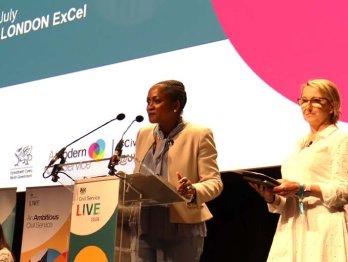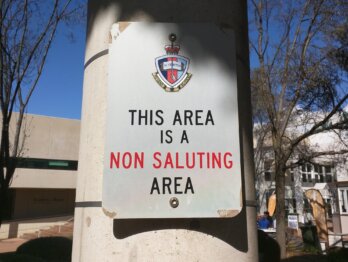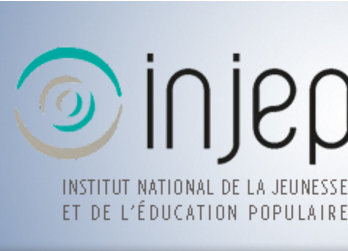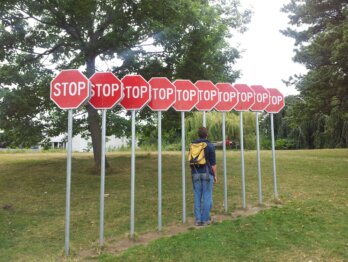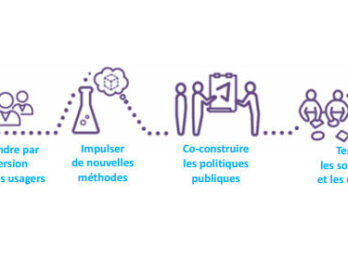e-Estonia takes digital government innovation to next level
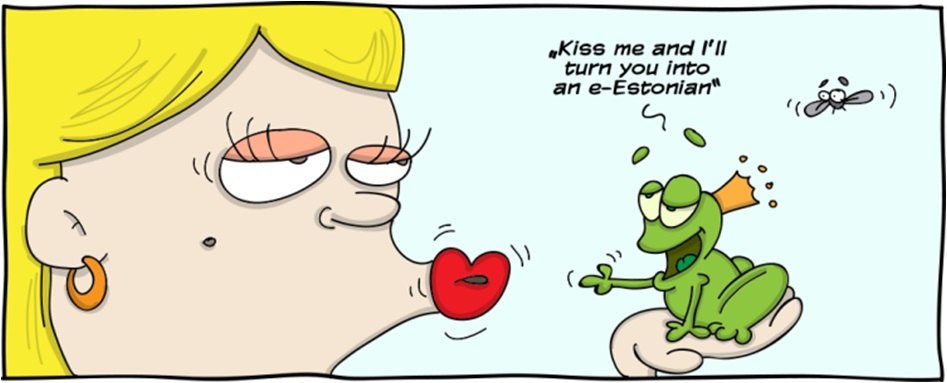
In Estonia, we use information and communication technology (ICT) in government, society and economy to the degree that we have become known as e-Estonia. ICT has penetrated our everyday life and business so that it has become an integral part of how we do everything. Indeed, public sector innovation in Estonia has mostly been digital innovation – or at least innovation aided by ICT tools and solutions.
We bank online. We park with mobile. We pay taxes online. We establish companies online (in 18 minutes you can have a company up and running). We monitor our kids’ progress in schools online. Our health records are digital, and so are our prescriptions. The policemen have real-time access to databases from their vehicles. Our borders are protected by unmanned e-border solutions. Our ministers work paperless with e-Cabinet (since 1999 already!). We use digital signatures instead of signing on paper (see the video here).
These are only some examples of how ICT has allowed us to innovate how government and services can work – there-by bringing benefits of time and money saved, not to mention an easier life for people and businesses.
Nevertheless, our (digital) government is far from ready. We have moved majority of services online or made the delivery ICT-based otherwise (e.g. back office), but many services are not user-friendly enough. They might be hard to find or cumbersome or confusing to use, while technology actually could make them very effortless and seamless. Same time, the technology itself is constantly pacing ahead and we have to keep up date with new security needs and new functional possibilities (think voice recognition, Internet-of-Things, not to even mention mobile platforms, etc.).
Thus, we have to keep innovating in order to do the best possible job as a government. This is exactly what Estonia’s new national Digital Agenda 2020 or information society strategy (as we call it ourselves) aims for.
We shall be doing the following over next few years to reform our digital government
Re-engineering and re-designing many of the existing services and solutions to make them perform better from user perspective: services will be ready in form and channel that fits the user needs at every particular moment.
Interaction both within and with the public sector will be made completely paperless – getting rid of last paper-document requirements (e.g. making e-invoices mandatory).
Moving from document management to more comprehensive information governance.
People will have effective control over their data built into services: they will know and be able to decide, who, when and for what purpose is using all bits of their personal data in the public sector.
Improving IT governance in public sector, including portfolio management of service development and delivery – each service is to have a concrete owner defined.
Introducing ’no-legacy’ rule: no public sector IT system can be more than 13 years old, to avoid getting stuck in old technology.
You can read more from the English version of our strategy here.
We will also open up our services internationally. First, Estonia will start offering non-residents an option to apply for our digital identity. Everybody from all over the world will have a possibility to become e-resident of Estonia if they want to use our digital services (whether public or private sector ones).
Second, we are already working hard to connect governments across borders for seamless services. People and companies move from country to country all the time, but their data and services remain locked in territorial borders in our otherwise digitally connected world. This does not make sense, especially in the EU where we have a single market otherwise – we should make the Digital Single Market a reality.
The technology and good practice is there already. For example: if we can use digital signatures in Estonia and save 2% of our GDP worth of time and money annually, why not do the same in the whole of the EU (where any aid to economic growth is long sought)?
We envision in our Digital Agenda that 20% of the European population should sign digitally by 2020. The EU-level legal framework is largely there, countries and especially governments need to put it into practice simply. We have started on this road with neighbours ourselves. In December 2013, even the Prime Ministers of Finland and Estonia completed the world’s first digitally signed intergovernmental agreement. This year, we are working similarly for the mutual cross-border use of digital signatures with Latvia and Lithuania – we invite others in the EU to join.
In sum, we expect to have lots of new good new public sector (digital) innovation cases to share on OPSI soon – both domestic and cross-border ones. Our new Digital Agenda gives us good direction for this, now is implementation time. We’ll let you know how it goes!
If you want to keep up with e-Estonia’s progress in the meantime yourself, subscribe to one of its channels.

